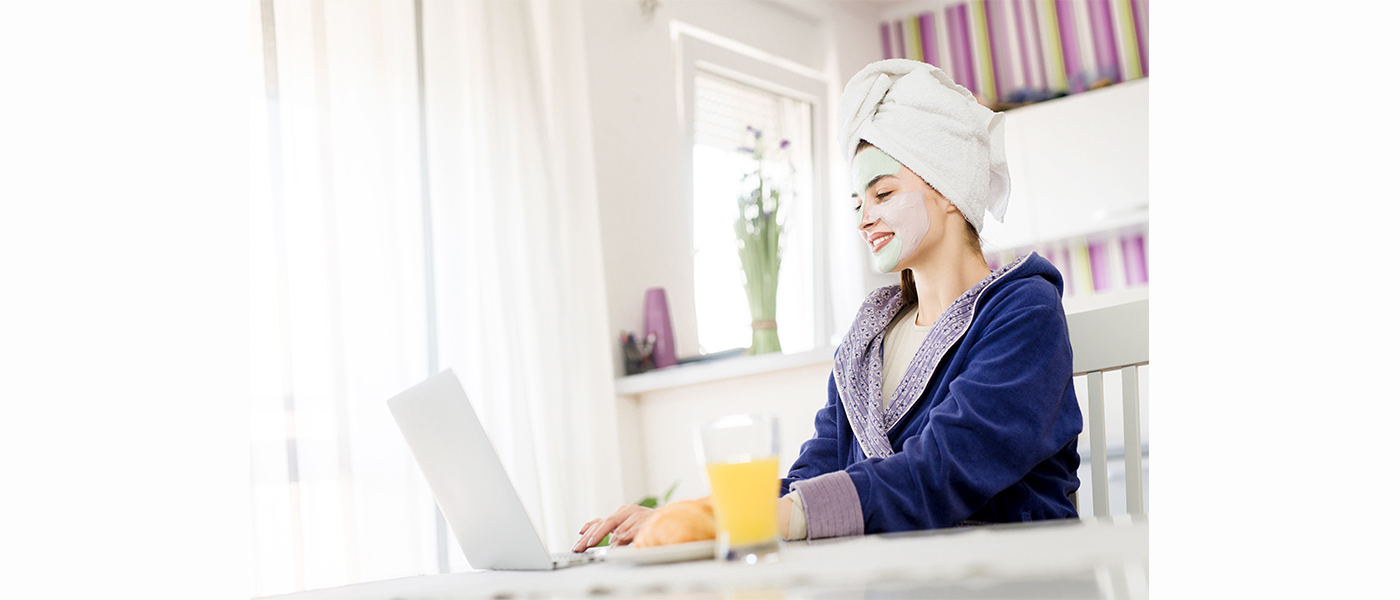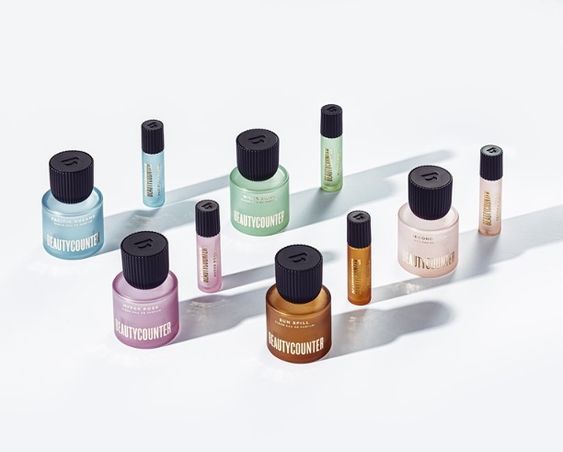An insights report from Jefferies looked at the impact on beauty behaviors as a result of more permanent “work from home” [WFH] arrangements. Results show that about 90 percent of women currently WFH are wearing no makeup. If assuming that women will work one day a week WFH, forecasts show a 10 percent to 15 percent impact to annual makeup spend. Here, the report by Jefferies’ Stephanie Wissink, Ashley Helgans and Sebastian Barbero.
WFH Could be the New Normal for Many: Today, approximately 5 percent of U.S. workers WFH full-time. Post COVID-19, the benefits of flexible working are estimated to lead to a doubling of WFH levels, which will drive paradigm shifts in tech requirements, consumer behavior and changes in the movement of people. Simply removing commutes “gives back” 236 hours per year to the average WFH employee. Whether the WFH movement is employer or employee led, it’s a trend expected to stick. The economics are compelling given savings in central costs, improved retention, and evidence of improved productivity (debunking the biggest WFH myth). A recent Gartner survey of 327 CFO’s highlighted 75 percent expect to have an additional 5 percent of workers continue to WFH post-crisis; 25 percent suggested it could be up to 20 percent of their workforce.
Beauty Habits Change When She’s Home: A migration toward “less” make-up had already started in 2018, was amplified in 2019, and clean and hybridized skin care offerings were trending early into 2020 (pre-COVID). In recent focus groups/surveys, approximately 90 percent of women working from home are using no make-up. She’s admitting to: a more relaxed approach to her facial and hair regimens; experimenting more with skin care and seeing improvements in her skin health, requiring less make-up coverage, and using filters when video chatting, which minimizes the need for make-up application. Weekday and weekend behaviors are converging.
Sliding Scale in WFH Impacts to Make-up Spend: We estimate that each day in a WFH model shifts about 10 percent to 15 percent of purchaser beauty spend from “weekday/fully made up” to “weekend/relaxed or no use.” In surveys, when asked about her intent to spend on beauty exiting COVID-19, only 30 percent indicated an intent to spend “more”, 70 percent were the same or less (potential signal of changing attitudes and behaviors). More flexible work models are likely to further alter demand for full face coverage, multiple layers and high def make-up trends. If one assumes no recapture of downspend on make-up in other beauty categories, the impact on annual growth ranges from 4 percent to 13 percent. If one assumes skin care recaptures half, the impact narrows to 2 percent to 6 percent.
Analysis Does Not Assume Recessionary Conditions Post COVID-19: Jefferies’ sensitivity analysis does not assume economic conditions deteriorate/remain subdued exiting COVID-19. Jefferies is monitoring consumer confidence, employment and stimulus actions globally to assess the consumer’s capacity to spend and/or her likelihood to travel less and trade down. Prestige exposure ranges from 22 percent to 100 percent.




